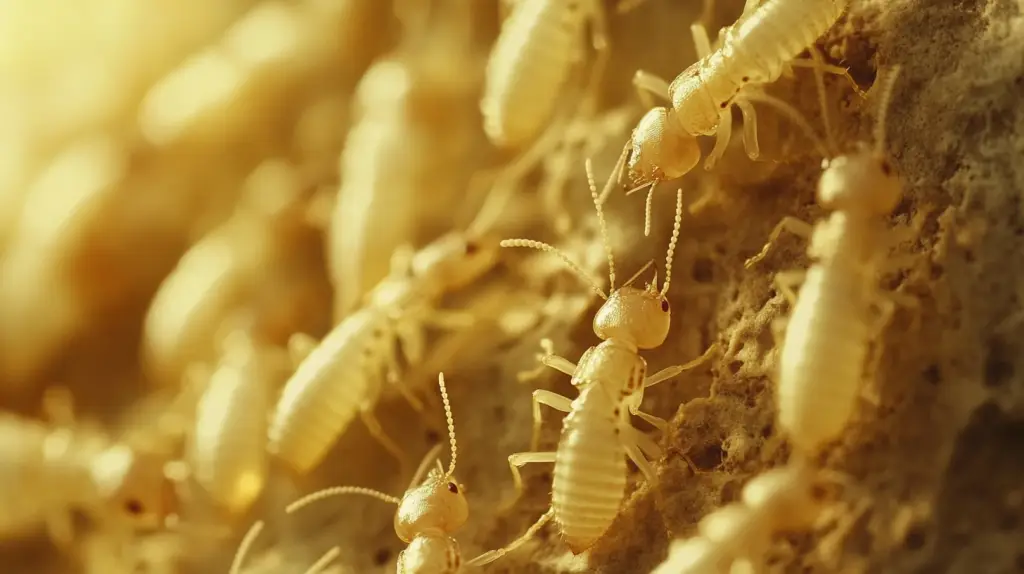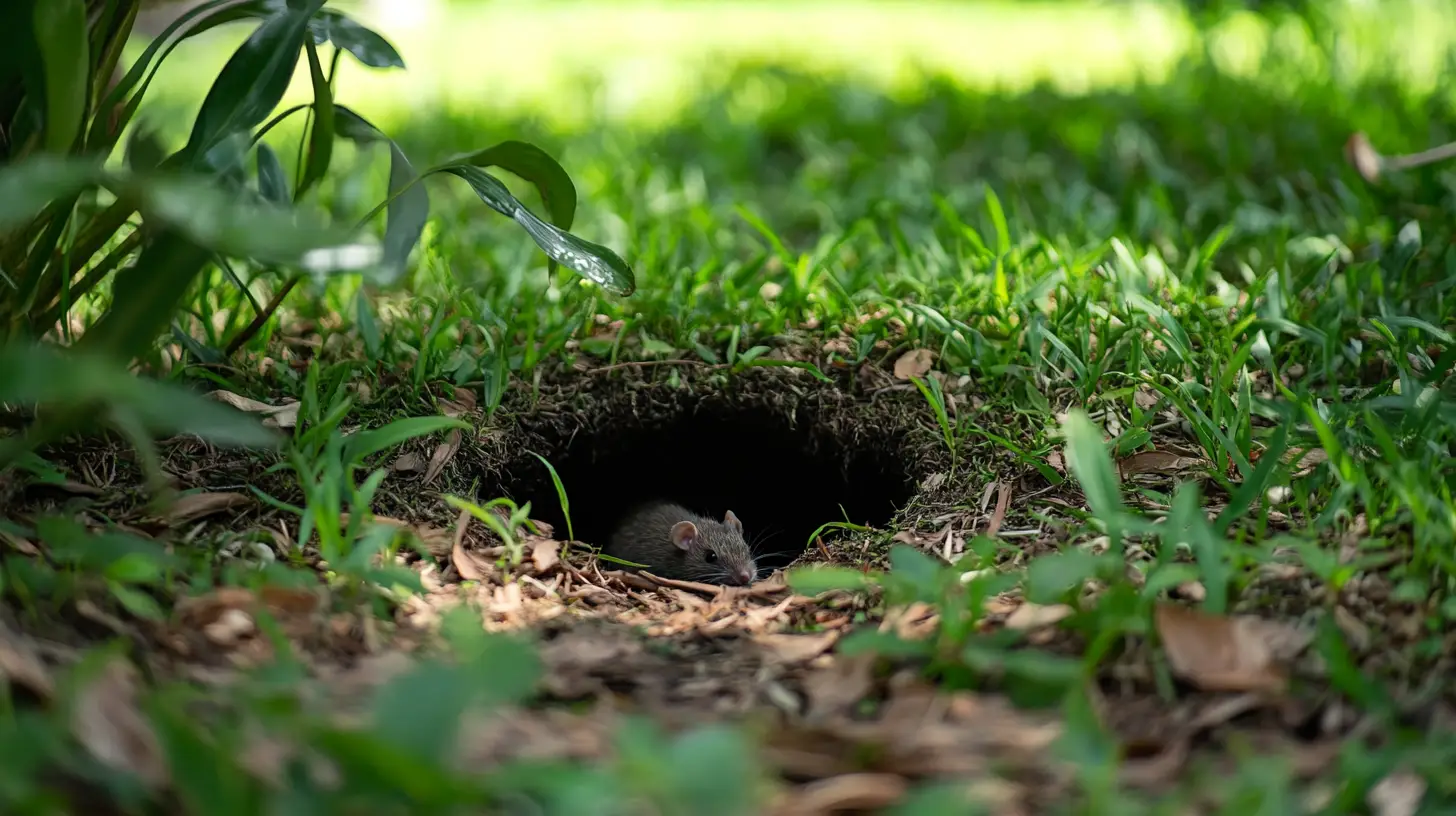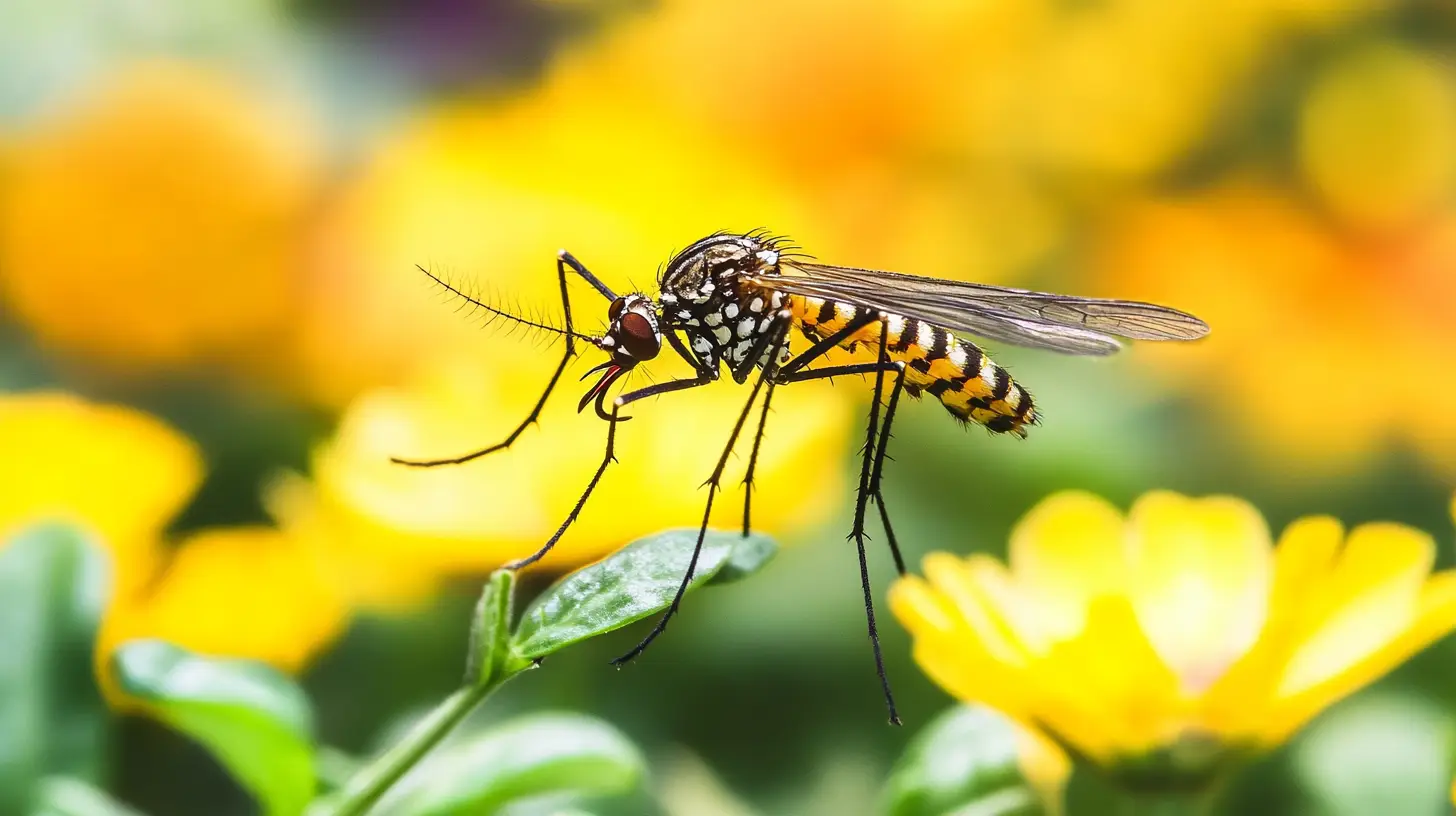
Table of Contents
White ants, more accurately known as termites, are tiny yet formidable foes that can silently devastate your home’s structure and your finances. Even though their name, these wood-munching insects aren’t ants at all, but belong to the order Isoptera. Understanding their nature and behavior is crucial to preventing them from becoming unwelcome residents in your home.
Picture this: small, pale insects with straight antennae and a penchant for wood. That’s what you’re dealing with when it comes to white ants. They range from 6 to 12 mm in length and vary in color from cream to brown or even blackish, depending on the species and region. If you spot wingless worker termites or swarming white ants, it’s a clear signal to take action.
Arming yourself with knowledge about these pests and effective treatment methods is your best defense. By doing so, you can protect your home from their destructive tendencies and ensure peace of mind.
Key Takeaways
- Termite Identification: Understand that termites, often referred to as white ants, have unique physical characteristics such as straight antennae and a thick waist, which distinguish them from actual ants.
- Potential Damage: Recognize termites’ ability to cause severe damage to wooden structures by consuming cellulose-rich materials, which is critical for homeowners, especially in areas with wood-heavy architecture like Lakewood Ranch.
- Prevention Over Misidentification: Avoid mistaking termites for ants by noting differences in body structure, color, and wing size, which is essential for implementing correct pest management strategies.
- Effective Eradication Techniques: Utilize natural remedies such as neem oil and household solutions like vinegar mixtures to combat mild termite infestations, while severe cases may require professional treatment.
- Proactive Monitoring: Regularly inspect for signs of termites, such as swarming or mud tubes, to catch infestations early and apply timely interventions, ensuring long-term protection of your home and investments.
Are White Ants and Termites the Same Thing?
White ants and termites are indeed the same pests. Although often called white ants, termites belong to the order Isoptera. The term “white ants” is mostly a layman’s term and can be misleading since termites differ from ants even though their similar appearance. Rather than having the bent antennae and narrow waist typical of ants, termites have straight antennae and a thicker, more rectangular body.
Understanding the structural and biological differences between termites and ants is key when looking to get rid of white ants, especially in areas like Lakewood Ranch where the climate might be favorable for termite activity. Termites primarily feed on cellulose, found in wood, cardboard, and even plant matter, making them a important concern for homeowners. They play a vital role in ecosystems by breaking down dead plant material but become troublesome when their feeding extends to human-made structures.
In Lakewood Ranch, homes often feature wooden elements in both construction and decor. White ants, or termites, can cause considerable damage by chewing through healthy wood, leading to costly repairs. Unlike ants, which tend to burrow in wood without consuming it, termites eat the very wood they nest in, compromising the structural integrity of buildings.
If you spot the pale-colored, small-waisted creatures known for their wood-feeding habits, it’s crucial to take swift action using effective eradication methods. While their environmental contributions are undeniable, understanding termites’ habits and developing strategic prevention plans are essential to protect your home and investment.
Why Do People Mistake Termites for White Ants?
People often mistake termites for white ants due to their similar appearance and the common use of the term “white ants” to describe termites. Termites, belonging to the order Isoptera, have structural and biological differences from ants, which are from the order Hymenoptera. Often lighter in color, termites can be mistaken for ants, especially when worker termites have consumed lighter-colored materials.
Termites have a caste system within their colonies, consisting of workers, soldiers, and the queen. The lighter color of worker termites adds to the confusion, as these are the most visible members within a colony. If residents of Lakewood Ranch notice light-colored insects in or around their homes, it’s crucial to differentiate them correctly.
Misleading terminology and appearance are not the only reasons termites get mistaken for ants. Both termites and ants exhibit social behavior, living in colonies and foraging collectively. This superficial similarity often leads people to assume termites are just another type of ant.
Termites and ants also differ significantly in habitat and impact on human structures. While termites are wood-eating insects that can cause substantial damage to buildings by consuming cellulose-rich materials like wood, ants are more predatory and don’t directly damage structures in the same way. Recognizing these differences, rather than relying on colloquial names, is critical for effective pest management.
For those in Lakewood Ranch aiming to get rid of white ants, understanding these distinctions ensures appropriate treatment measures are applied. Identifying pests accurately avoids unnecessary costs and increases the efficacy of eradication efforts.
How Do I Know if I Have Termites or Ants?
When assessing if your home in Lakewood Ranch faces a termite or ant issue, observing physical traits will aid in accurate identification. Termites, mistakenly called white ants, possess a thick waist and straight antennae. Their pale bodies differ from ants’ reddish or dark hues. Looking at their body structure offers insights—termites have a uniform width, creating a ribbed appearance without a waist, unlike ants that showcase a constricted abdomen and distinct thorax.
Examine the wings of these insects for another distinguishing feature. Termites feature two pairs of wings equal in length and twice the length of their body. These wings might lie discarded if termites have built a new colony nearby. On the other hand, ants exhibit a noticeable difference in wing length; the front pair surpasses the rear in size.
Proper identification extends to their antennae. Termites display straight and shorter antennae, lacking distinct bends or segments, while ants have elbow-shaped and segmented antennae. Analyzing these physical differences will guide you in discerning which pest resides in your environment.
Understanding their habitat preferences proves useful as well. Termites are drawn to cellulose-rich materials found in wood, actively consuming and nesting in it, which makes them a homeowner’s concern in wooden structures. Ants, being predators, often appear foraging for various foods and establish nests either inside or near wood without directly eating it.
Detecting physical differences helps determine the type of infestation, guiding appropriate actions to address the issue. Observing body color, antennae, wings, and habitat will equip you with the right knowledge to take control and eventually get rid of white ants.
What’s the Difference Between Termites and Ants?
Termites, often referred to as white ants, and ants might seem similar due to their size and social structures, but they possess key differences that matter when dealing with pests. Understanding these differences helps you prevent or address infestations effectively.
Physical Characteristics: Notice ants have a constricted waist and bent antennae, whereas termites display a thick waist and straight, bead-like antennae. While termites’ wings are equal in size and long, ants’ wings vary, with the front pair longer. These distinctions aid identification at the scene.
Coloration and Structure: Generally, termite bodies are light or creamy-white, aligning with the white ant moniker, while ants tend toward darker, reddish tones. Termite workers’ translucent nature can confuse observers but is crucial for proper classification.
Nesting Behavior: Termites construct elaborate colonies underground, using mud tubes for protection and to traverse wood structures. Ants build less extensive nests, adapting more to varied locations—be it soil or your home’s corners. Effective habitat recognition is essential if you’re hoping to get rid of white ants and preserve structural integrity.
Feeding and Damage: Termites primarily feed on cellulose, targeting wood and causing important structural harm, unlike ants, which are scavengers with a more varied diet. They might burrow through wood but aren’t the destructive force that termites are. Lakewood Ranch homeowners should particularly watch for termite tunnels as indicators.
Considering these factors, your ability to discern between termites and ants directly impacts your method of management, ensuring you choose the appropriate treatment plan. Recognizing these differences facilitates early detection, crucial for reducing further damage in areas rich in wooden structures like Lakewood Ranch.
How Do I Get Rid of White Ants or Termites?
To address a white ant or termite infestation effectively, start by recognizing their distinct biological characteristics. Termites, unlike ants, feature straight antennae and a robust physique that accommodates their wood-feeding lifestyle. In Lakewood Ranch, where wooden structures abound, familiarizing yourself with their habits ensures prompt actions to get rid of white ants effectively.
Consider utilizing DIY methods initially if professional help is unavailable. Oils like neem oil offer a natural remedy by targeting termites within wood. Inject neem oil into infested wood for hydration disruption. Similarly, spraying clove or orange oil answers can keep these pests at bay.
Household items also play a part in termite control. A mix of white vinegar, lemon juice, and water creates an acidic environment that deters termites. Also, applying diatomaceous earth or boric acid dehydrates and eliminates termites through contact, making them efficient for physical control.
For suffocating termites within furniture, less conventional materials like petroleum jelly or aloe vera may be employed, though results vary with heavier infestations.
It’s vital to observe termite behavior closely. Swarming termites or sightings of mud tubes call for professional intervention. Professionals often use chemical barriers and baiting systems that require precise application, facilitating maximal defense against termite colonies and ensuring minimal future invasions.
Embrace environmentally-sensitive answers, balancing termite control with Lakewood Ranch’s natural surroundings. Strong knowledge and proactive methods pave the way to effective results, safeguarding your home and investment alike.
Frequently Asked Questions (FAQs)
How can I prevent termite infestations in my home?
To prevent termite infestations, keep wood and debris away from your home’s foundation, repair leaks promptly, ensure proper ventilation, and maintain a gap between soil and wooden parts of the house. Regular inspections by professionals can also help detect early signs of termites.
What are the signs of a termite infestation?
Common signs include mud tubes on walls, hollow-sounding wood, frass (termite droppings), discarded wings near windows, and visibly damaged wood. Winged termites indoors also indicate a nearby colony.
Are termites and white ants the same?
No, termites and white ants are not the same. The term “white ants” is misleading; it refers to termites, which differ from ants in physical structure and biological classification.
How do I identify a termite compared to an ant?
Termites have straight, beaded antennae, a thicker waist, and equal-length wings. In contrast, ants have bent antennae, a narrow waist, and unequal-length wings. Termites also tend to have lighter body colors.
Are DIY methods effective for termite control?
DIY methods like neem oil, clove oil, and vinegar mixtures can deter termites but are less effective for severe infestations. Professional pest control services provide more reliable long-term solutions, including chemical barriers and bait systems.
Why do termites often swarm?
Termites swarm to reproduce and establish new colonies. Swarming is triggered by warm temperatures and high humidity, usually occurring during the spring or after rain.
How destructive are termites to homes?
Termites consume cellulose in wood, potentially causing significant structural damage. They can compromise the safety of homes by eating through wooden beams, floors, and other structural components.
Can regular home maintenance help in termite prevention?
Yes, regular maintenance plays a crucial role. Sealing entry points, fixing leaks, and keeping wooden structures and soil gap-free can reduce the risk of termite infestations.
Why is professional treatment recommended for termite infestations?
Professional treatment is recommended because experts can accurately identify termite species, assess infestation extent, and apply effective treatment methods that might not be available for DIY solutions, ensuring long-term protection.









